Strategies for Managing Quality Issues in Supply Chain Management
VerifiedAdded on 2023/05/26
|5
|751
|261
Report
AI Summary
This report examines the critical impact of supply chain management on product quality and overall company productivity. It identifies key quality issues such as increased costs due to poor product quality, non-compliance with safety and quality standards, reliance on manual production line inspections, and the influence of quality issues on consumer behavior. The report proposes solutions including adopting waste reduction strategies, complying with stringent safety and quality standards like ISO and ANSI, implementing robust quality control measures to minimize inspections, and meeting regulatory standards across the entire supply chain. It emphasizes that proactive quality checks at each production stage can prevent rework, replacements, and scrap products, streamlining processes and enhancing product quality, thereby safeguarding the company's reputation. Desklib provides access to similar reports and solved assignments for students.
1 out of 5
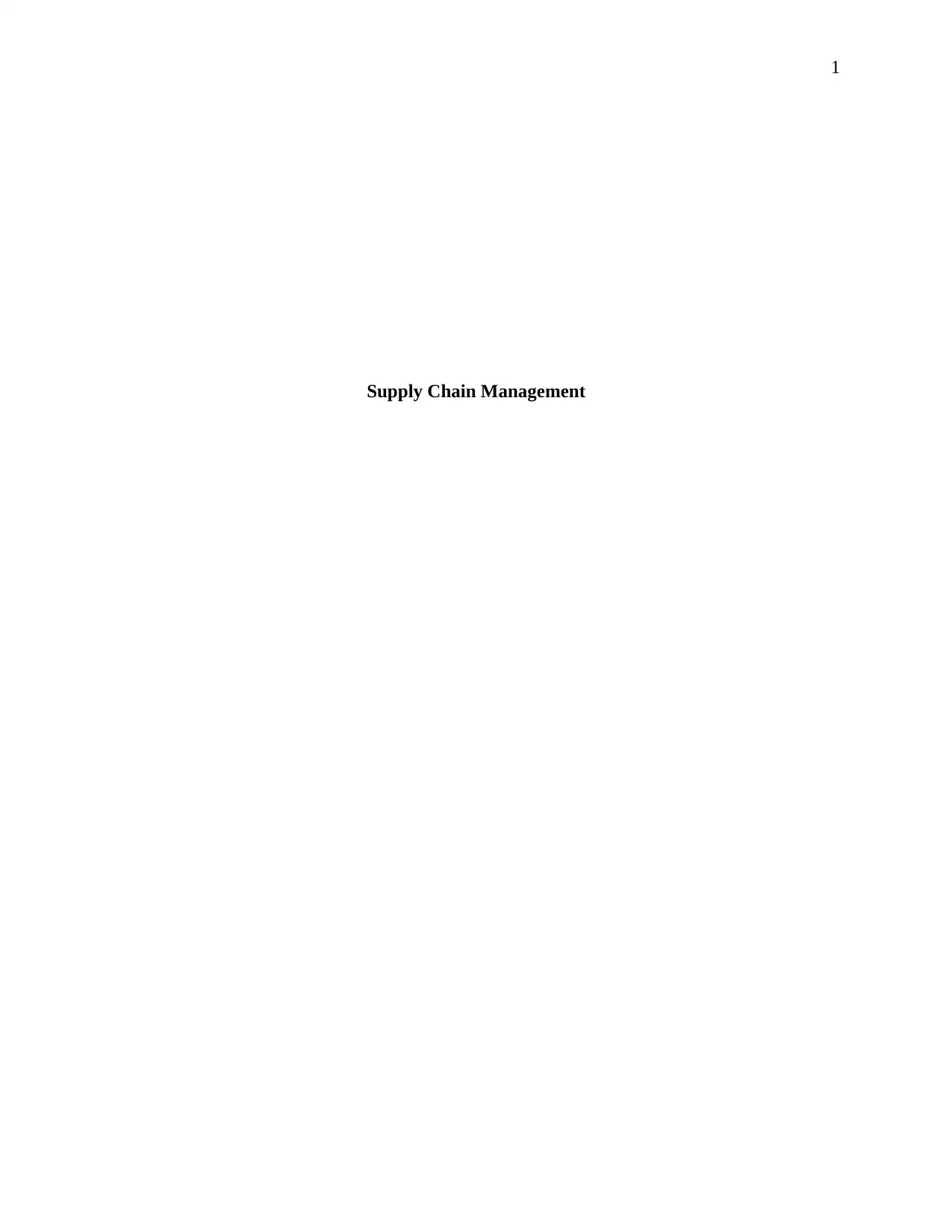
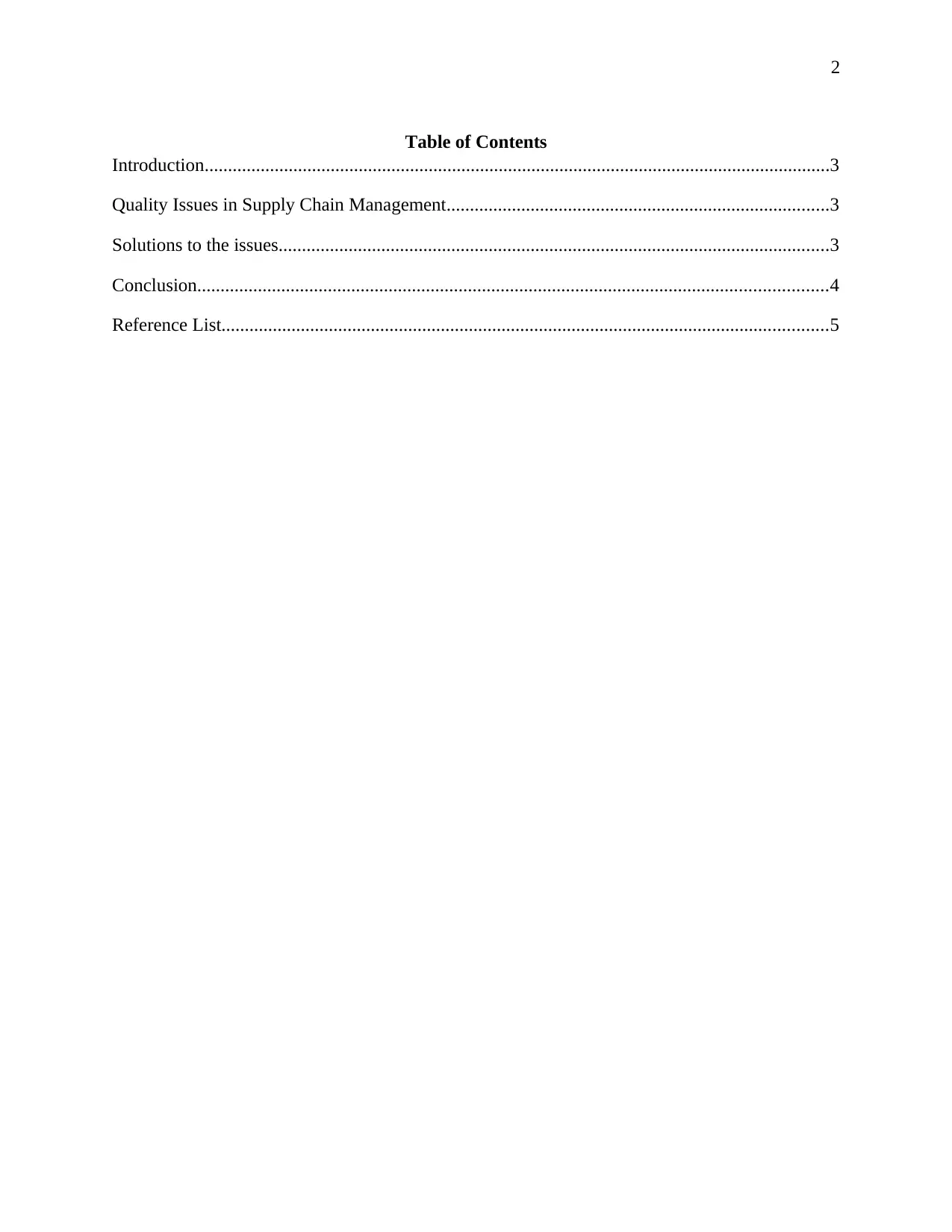
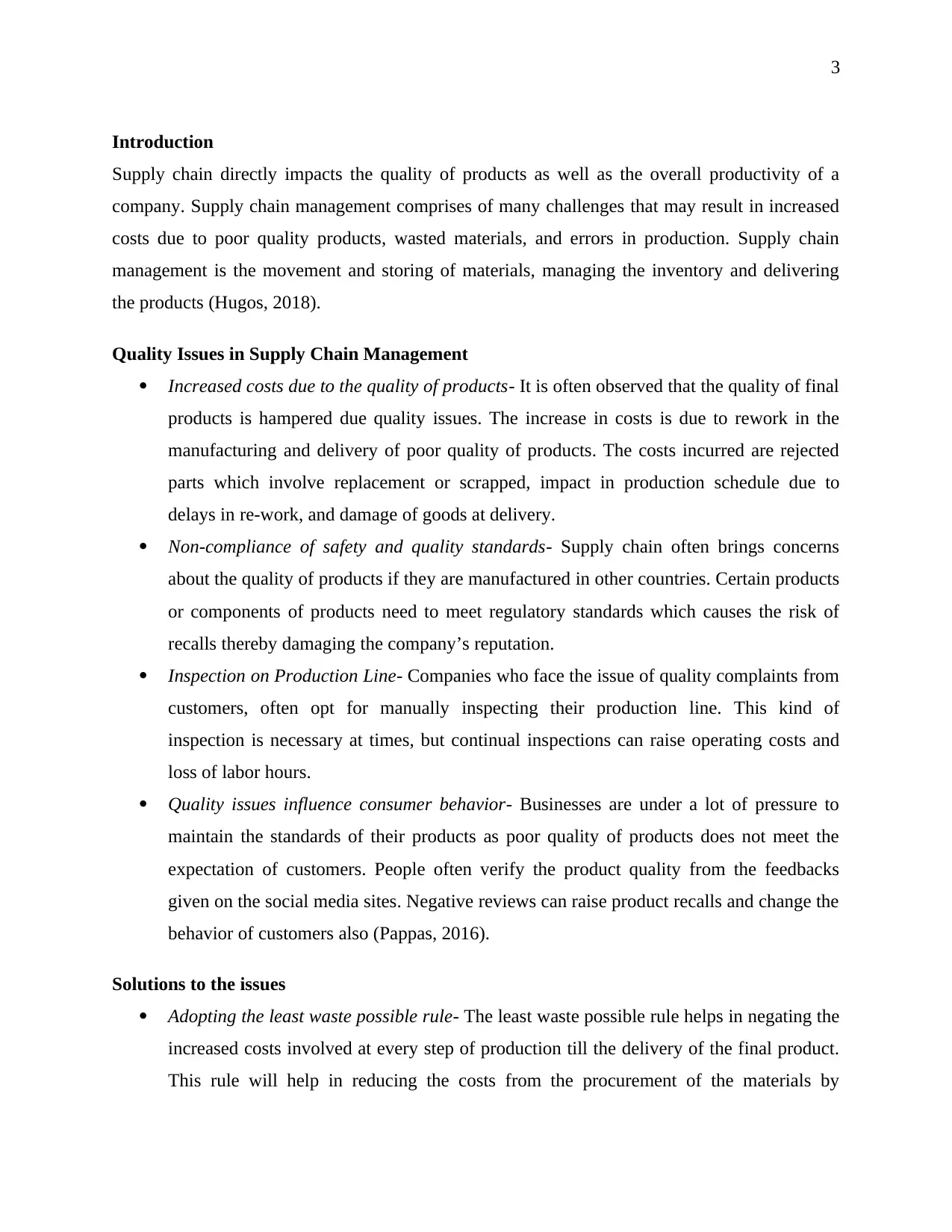

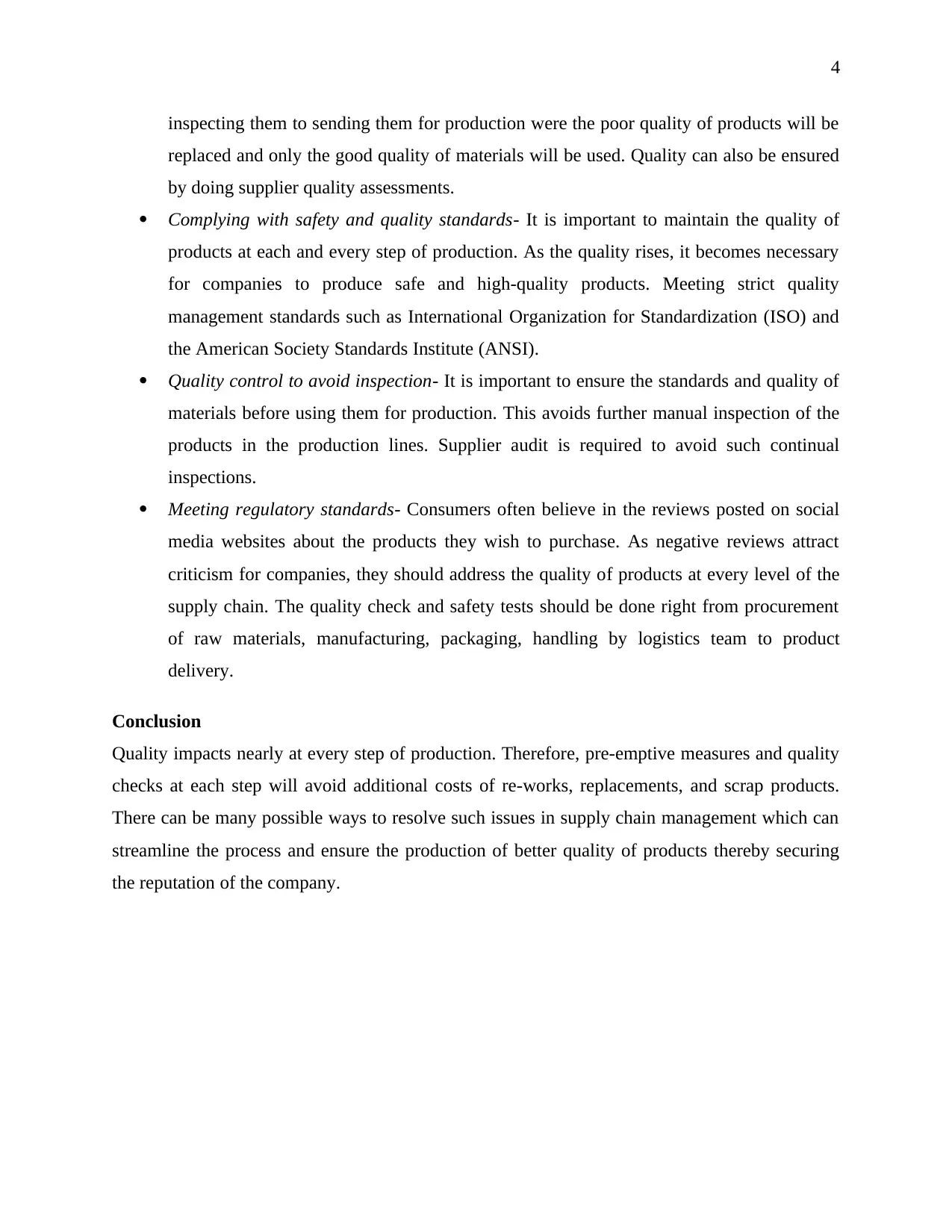
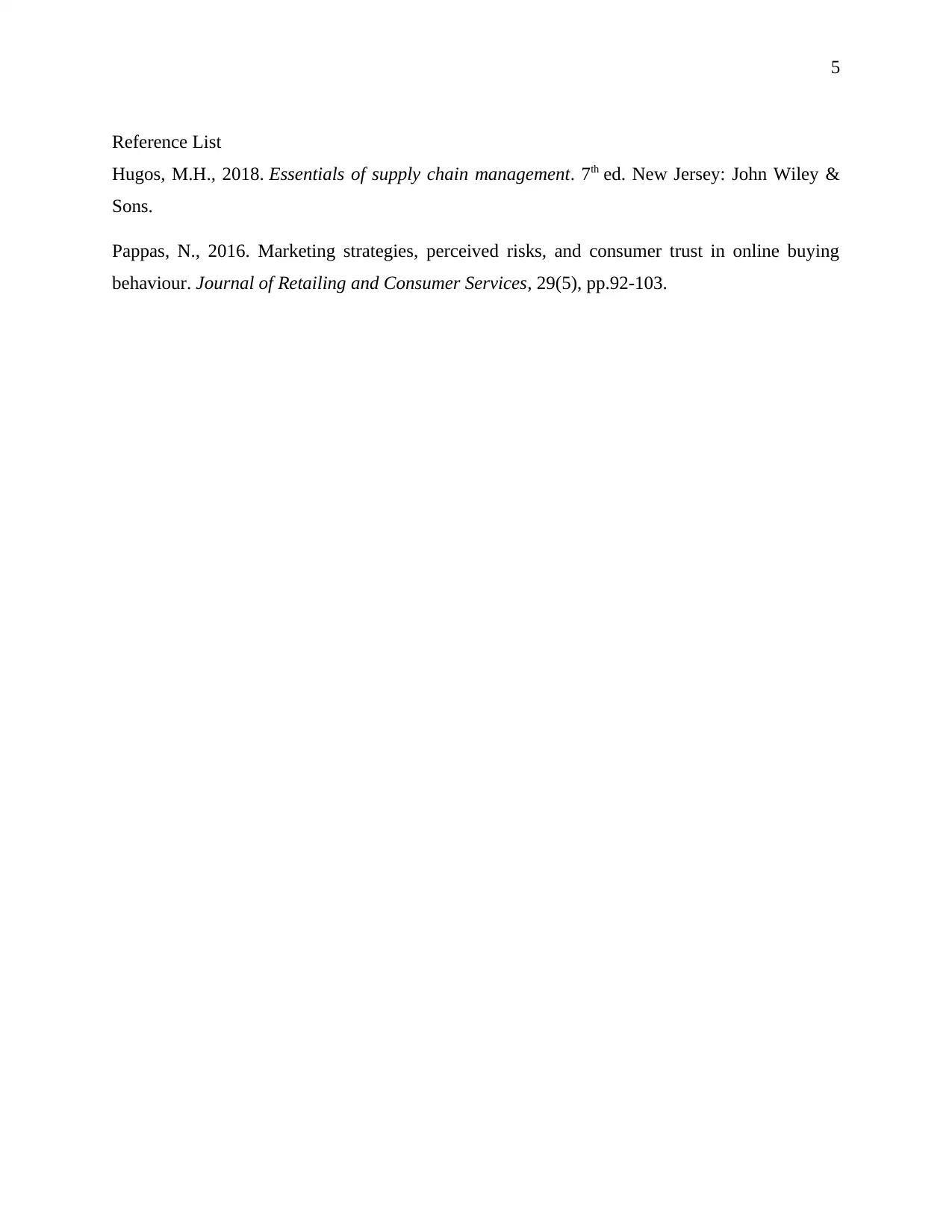





![[object Object]](/_next/static/media/star-bottom.7253800d.svg)